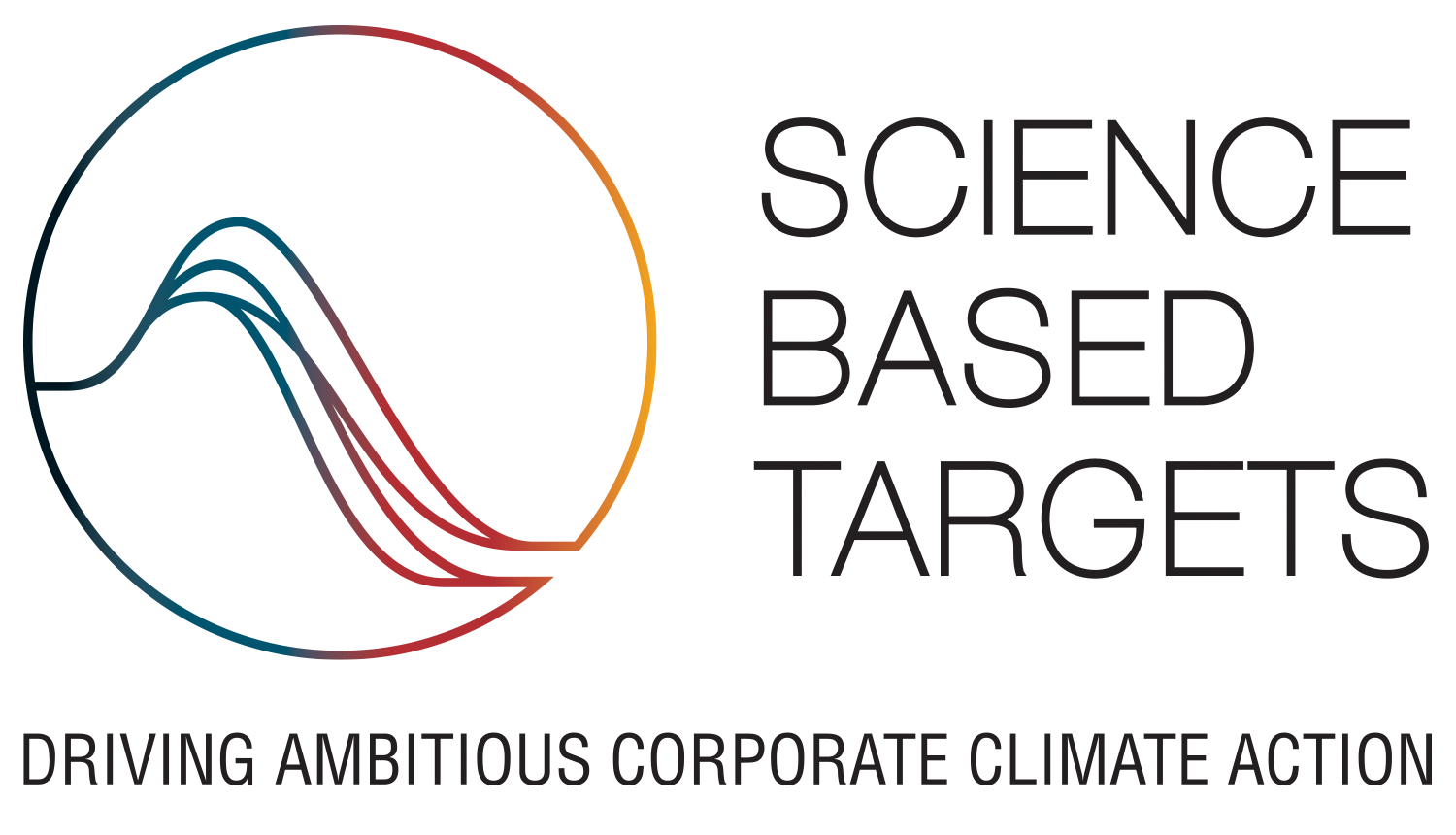The SBTi is a partnership between Carbon Disclosure Project (CDP), the United Nations Global Compact (UNGC), World Resources Institute (WRI) and the World Wide Fund for Nature (WWF). In short, it mobilizes the private sector to take the lead on urgent climate action. The latest climate science warns that we must dramatically curb temperature rise to avoid the catastrophic impacts of climate change. Science-based targets show companies and financial institutions how much and how quickly they need to reduce their greenhouse gas emissions to prevent the worst effects of climate change.
Technical Director Birger Holo is in charge of implementing sustainability measures throughout the entire value chain at Glamox. He explains that we have committed to work within the Science-Based Targets initiative because it is the gold standard in science-based climate efforts.
,(0.5,0.5,1,1)&format=jpg)
,(0.5,0.5,1,1)&format=jpg)

![1.5C_Campaign_Logo_-_no_our_only_future_CMYK_[white_background].jpg](/globalassets/pbs/sustainability/five-un-sdg/1.5c_campaign_logo_-_no_our_only_future_cmyk_white_background.jpg)